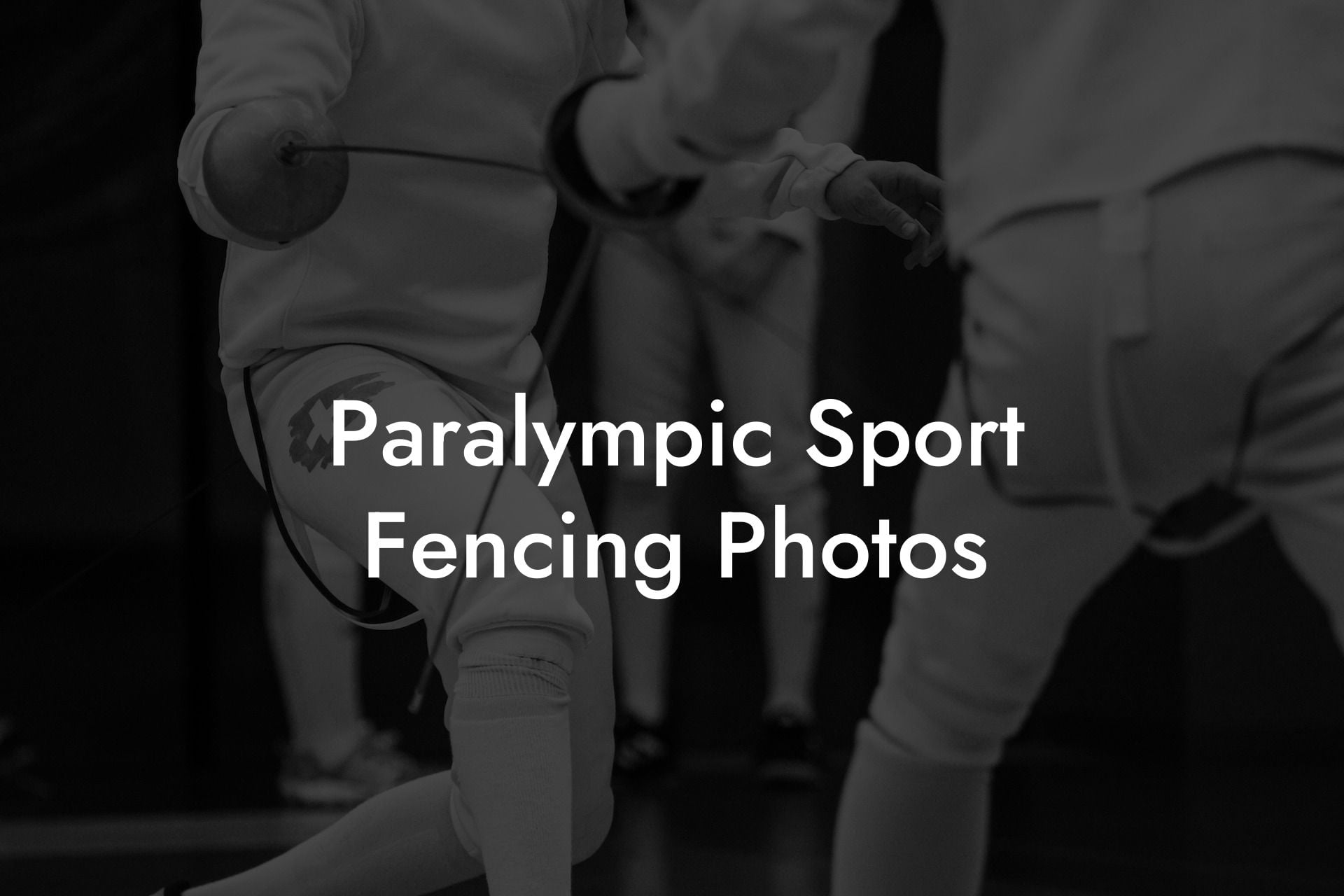The Paralympic Games showcase the incredible talents and tenacity of athletes with disabilities from around the world. One of the exciting sports featured in these competitions is paralympic sport fencing, which combines skill, strategy, and determination in a fast-paced, thrilling spectator sport. In this article, we will explore the world of paralympic sport fencing through a collection of inspiring photos that capture the essence of this incredible athletic endeavor.
Paralympic Sport Fencing Photos Table of Contents
The History of Paralympic Fencing and its Growth
Fencing has been a part of the Paralympic Games since the 1960 Rome Paralympics, and its popularity has grown steadily ever since. Athletes with various disabilities compete in this sport, including amputees, wheelchair users, and others with physical impairments. In recent years, paralympic sport fencing has grown in popularity as more athletes and coaches are attracted to the challenge and excitement of competing in this unique sport.
Categories and Classifications
Paralympic sport fencing has three categories: Men's Epee, Men's Foil, and Women's Epee. The classifications for athletes are based on the severity of their disabilities. These categories help level the playing field, ensuring that athletes with similar levels of ability have the chance to compete against one another.
The Equipment and Adaptations
Paralympic fencing differs from able-bodied fencing in several ways. The most significant adaptation to the sport is the use of specialized equipment. Instead of standing and moving around, wheelchair athletes secure themselves to a fixed frame on the piste (the strip on which the fencers compete). This frame ensures that the fencers are at the proper height for a fair match and prevents the wheelchair from moving during fencing.
Prosthetic Devices
Many paralympic fencers use prosthetic devices to help them grasp their weapons or stabilize their wheelchairs. These tools enable them to compete at their best, making paralympic sport fencing an inclusive and innovative sport that showcases the power of adaptive technology.
Inspiring Photos of Paralympic Sport Fencing
Paralympic sport fencing is a dynamic sport full of excitement and triumph. The following photos capture the spirit of this remarkable competition.
- A photo of a powerful lunge made by a wheelchair-bound fencer.
- A close-up of a fencer's intense focus and concentration on the piste.
- An image of a triumphant athlete, their wheelchair-bound coach cheering them on from the sidelines.
- A shot of a female fencer's quick reflexes in action, blocking a strike from her opponent.
- A photo of a fierce clash between two fencers, showcasing the incredible speed of paralympic sport fencing.
Paralympic Sport Fencing Photos Example:
Imagine the scene: two athletes sit in wheelchairs, strapped securely onto a metal frame on the piste. They are both intently focused, sweat dripping down their brows as they study each other's moves. With incredible speed and precision, one athlete lunges forward, her epee thrusting towards her opponent. The opponent instinctively raises her weapon, parrying the attack just in time. The audience watches on, breathless, as the two fencers launch into a fast and furious flurry of strikes, their wheelchairs secured yet their upper bodies twisting and lunging with cat-like agility. This is paralympic sport fencing – a display of skill, strategy, and unyielding determination.
Paralympic sport fencing is a testament to the resilience and strength of athletes who don't let their physical challenges stand in their way. These inspiring photos help us appreciate the dedication, hard work, and unstoppable spirit of these incredible competitors. If you feel inspired by these images, be sure to share this article with your friends and explore other guides on Anchorage Fencing Club for more insight into the world of fencing. Together, we can celebrate the achievements of these phenomenal athletes and the inspiring world of paralympic sport fencing.













